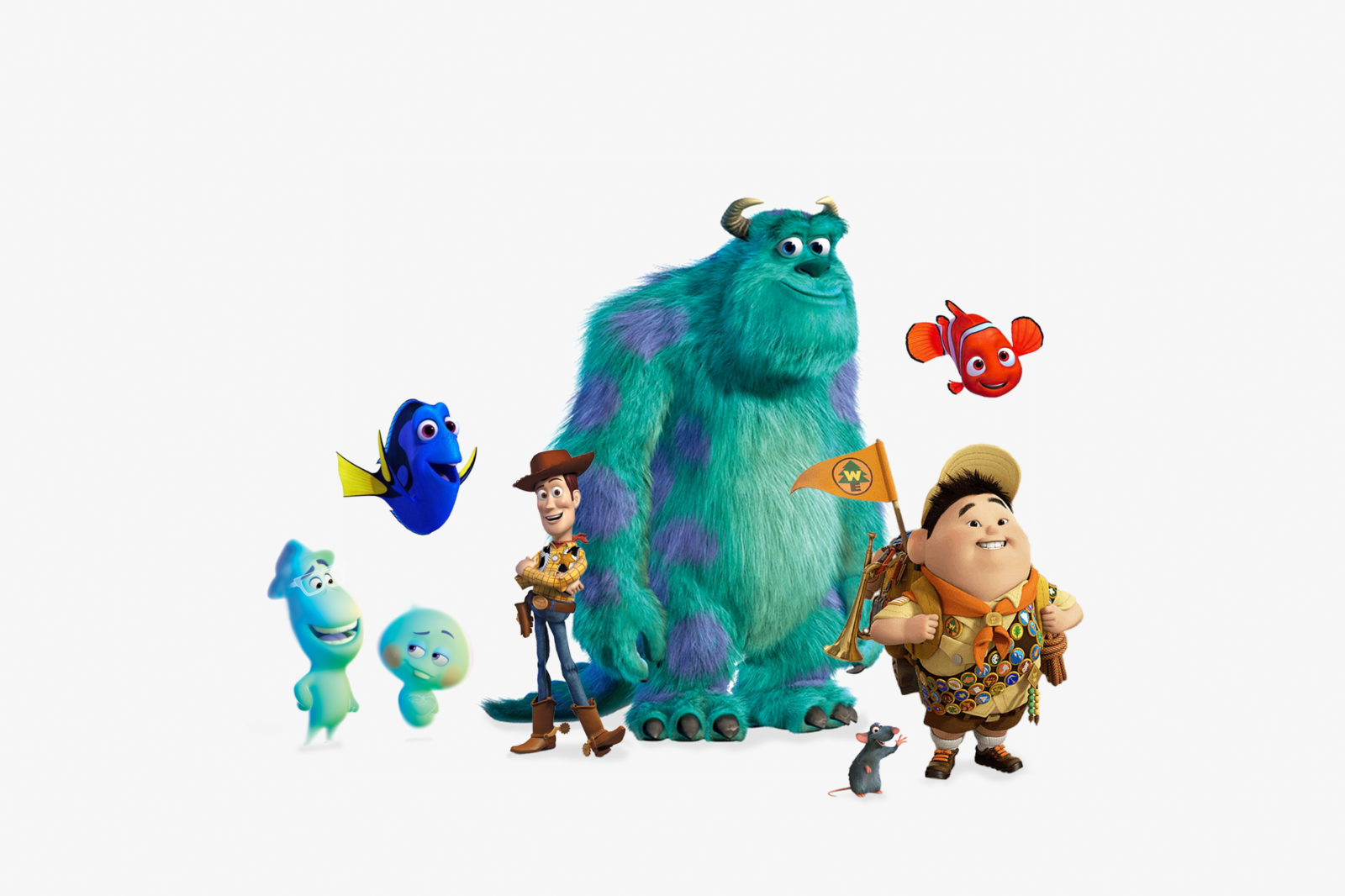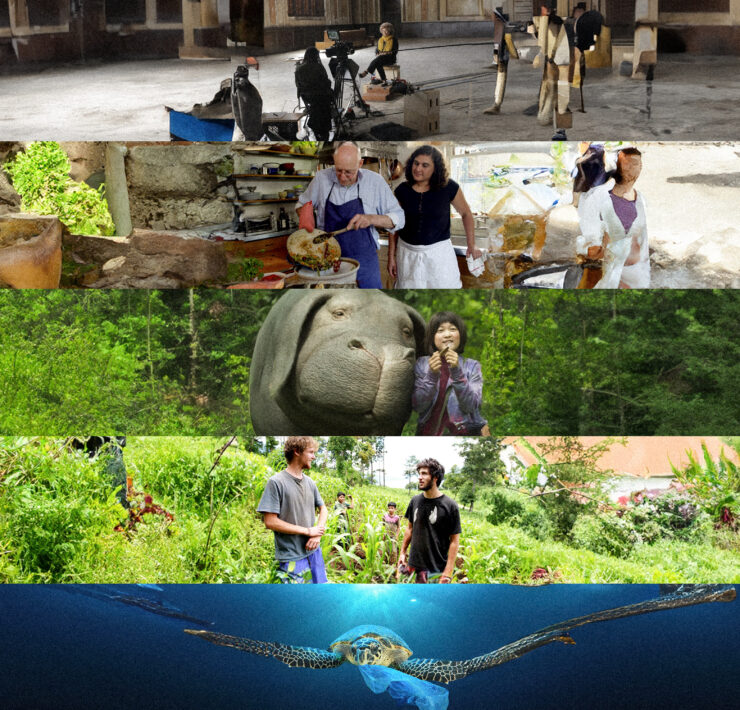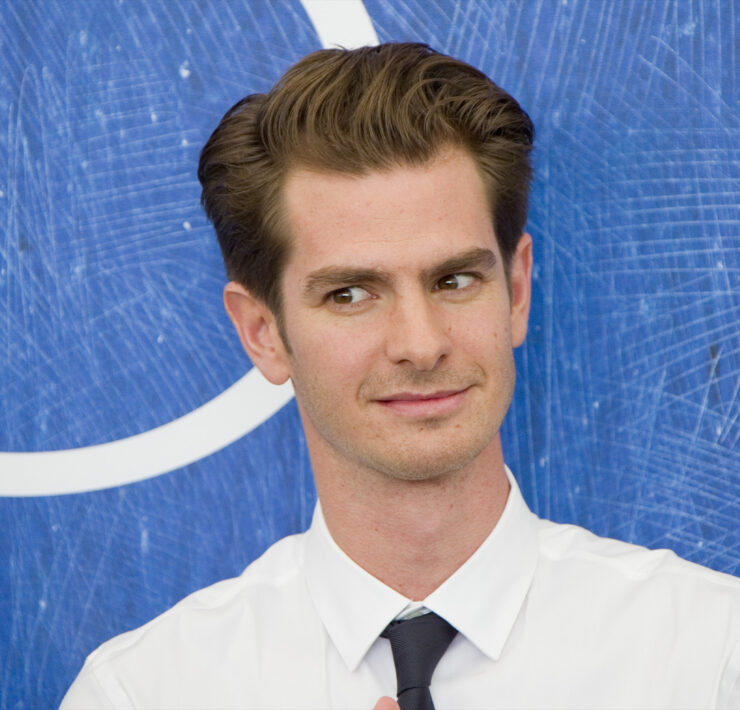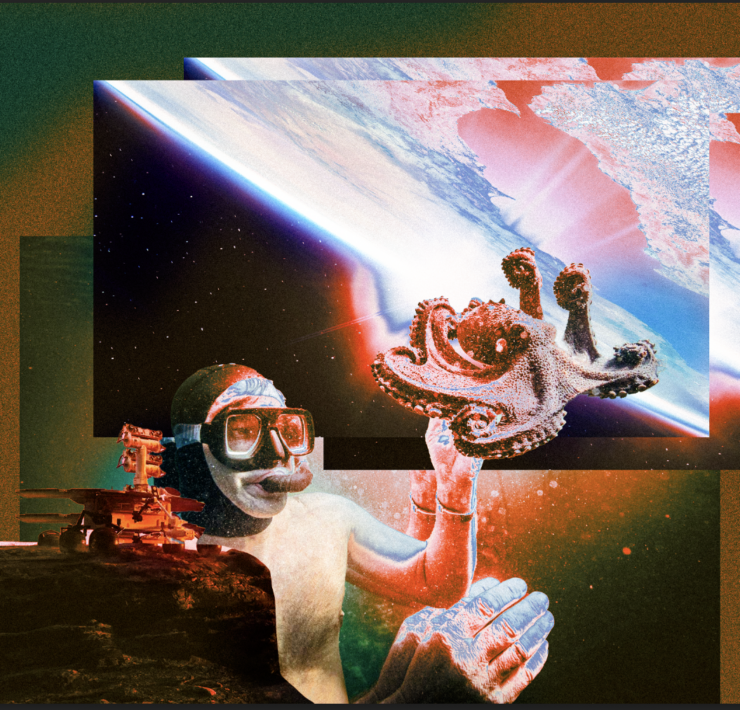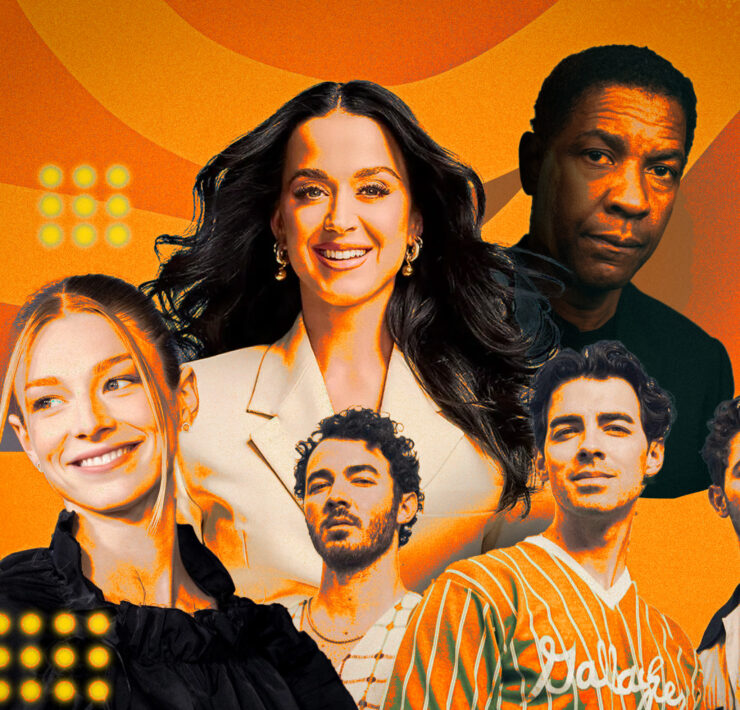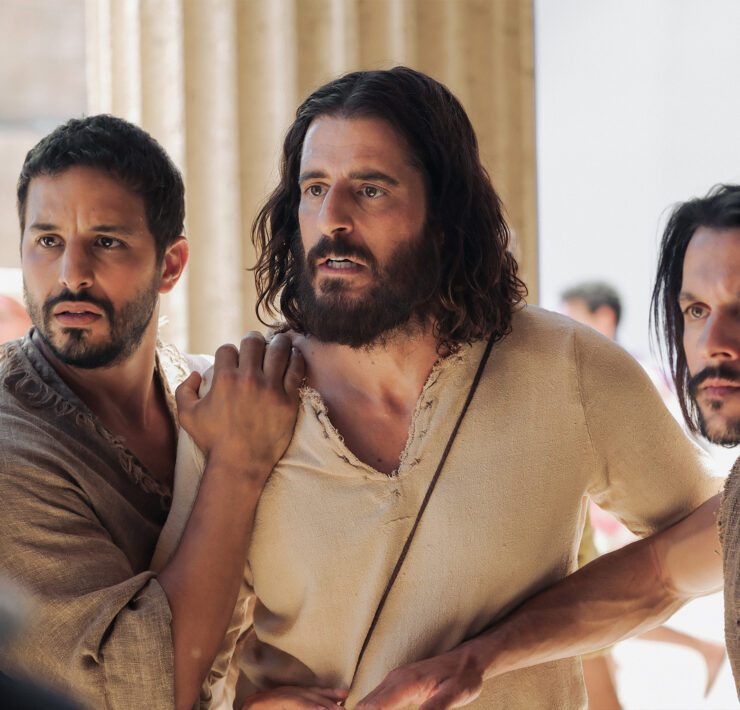As a kid, all you want in the world is to be treated like an adult. You want to sit at the big table. You want to dress up. You want your questions answered. When someone permits you those privileges, it’s empowering and formative. When someone denies you those privileges, it’s upsetting and belittling. Pixar, the studio that brought us movies like Toy Story, Up and Coco, has always treated kids with sophistication, imagination and respect. Their movies entertain and instruct in equal measure, and as a result, a generation of young people have been molded and shaped by their stories.
The public’s relationship with Pixar began in 1995, when the computer animation studio partnered with Disney to create Toy Story. That movie’s modern-day reputation somehow undersells its unprecedented reception 23 years ago. It earned three Academy Award nominations, including the first-ever original screenplay nod for an animated picture, and was the highest-grossing movie of the year, above flicks like Batman Forever, Apollo 13 and Goldeneye.
From there, it was one of the most acclaimed runs in movie history. Every Pixar movie (there have been 19) has made more than $120 million at the U.S. box office, and nine have won the Academy Award for best animated feature. The movies in total have been nominated for 46 Oscars. Collectively, they’ve won 15. Pixar’s combination of critical acclaim and massive popularity is unrivaled, and really unprecedented, in today’s culture.
The common explanation of that endurance is Pixar almost always manages to achieve a sort of crossover appeal between kids and adults. Kids like the movies because they look like movies they want to see—bright colors, appealing characters, lots of animals—but adults like the movies because, over several years of taking their kids to the theater, they’ve found Pixar to be mature and insightful in their storytelling. There’s something for them, too, and that impression starts with the mechanics of the movies themselves.
Kids movies often confine themselves from adults in two ways: First, some kids movies operate on a system designed to trigger feelings of aspiration. In other words, lots of kids movies want children to insert themselves into the story. Consider second-tier animated fare of the new millennium, movies like Treasure Planet or Monster House. They’re fine movies, but the characters are pretty simplistic, which makes them serve well as avatars for young viewers. It’s easy to draw parallels between yourself and a character the less complicated and nuanced that character is. If all a character wants is adventure, or friendship, or to kiss the boy, it’s easy for a kid to take their place in the story, because those things are something every kid wants, too. Adults are left out because that mode of imagination—placing yourself in another world or in a character’s shoes—is something we tend to grow out of sometime in adolescence.
The second misstep of kids movies veers the other way, however: They lean so much on imagination their escapism only appeals to kids. Trolls and The Croods are good examples here. These movies are so distant, in every sense, that for an adult to transport themselves into the on-screen world is too much to ask. Kids can look past reality because they reckon with it less, but asking an adult to enter a world where big-haired blue people sing songs and eat candy all day can border on insulting. Kids’ movies set in fantasy worlds aren’t all doomed—How to Train Your Dragon and Shrek are terrific—but they often don’t succeed with viewers because, in a thematic sense, they’re not very realistic.
Pixar movies never use avatars or fantasy to connect to viewers because both those approaches narrow the entrance into the movie (that’s when adults can’t fit through the door, so to speak). Rather, Pixar uses a storytelling mechanic close to a parable. Their stories are designed not as vessels or gateways but lessons. That’s the secret.
Parables never use avatars or escapism because their purpose is to teach something about the real world, so to take someone out of that world would undercut the story’s value. Notice that in every Pixar movie, the characters are complex and full enough to resist occupation by a viewer. They all have flaws or conflicts. Buzz Lightyear plays the hero too much. Mr. Incredible harbors resentment. Mike Wazowski is an exasperating egotist. When kids play pretend with Pixar movies, it’s always grounded in comparison. They pick up a toy guitar and give it a strum: Look Mom, I’m like Miguel. It’s the difference between looking up at a character and looking across at them, I want to be like her versus Wow, she’s just like me.
And because the focus is on those conflicts within the characters, the world of a Pixar movie can be anything and still maintain the broad entry point that lets adults learn from the story, too. Inside Out is as high-concept as a Pixar movie has ever been, but since Joy and Anger and Sadness are wrestling with real-world problems and, literally, real-world emotions, that metaphorical gap that loomed too large in the fantasy world has been shortened to nary a step. This story is knowable. It’s real. It’s too real, and that’s when we cry.
Truth is simple as a kid. It’s only when we grow up that it fragments into something more challenging. The triumph of Pixar is how, through its parables, it consolidates those messy real-world truths into a container that makes it understandable. When we see WALL-E trundle around Earth, working away, it feels familiar: That’s us. When we see his little eyes go wide at the humans aboard the spaceship, it feels familiar: That’s us, too. When we see him shelter his little plant to protect it from a threat, it feels … reflective: That’s not us, but it could be.
The best stories let us into another experience, but Pixar lets us back into ourselves. Up, Brave and Ratatouille take us back to a time of learning, growth and change, when every day was an adventure—new, exciting and possible. The lessons here are potently, improbably adult, but the vehicle for all of them is childlike. There’s something wondrous about Pixar, and that’s a rare feeling when your days are full of work and conflict and decision-making.
Going on two dozen movies, Pixar has been one of the great moral teachers in popular culture. These are movies you grow up with, but also movies that grow up with you. You would expect our favorite movies to be those that set us free from the challenges of life, but the brilliance of Pixar reveals our favorite movies are those that engage with those challenges. Yet somehow, they do this while making us laugh, giving us reason to celebrate and allowing us to feel hopeful. That’s a rare thing at this stage of our lives, because as an adult, all you want in the world is to feel like a kid again.








